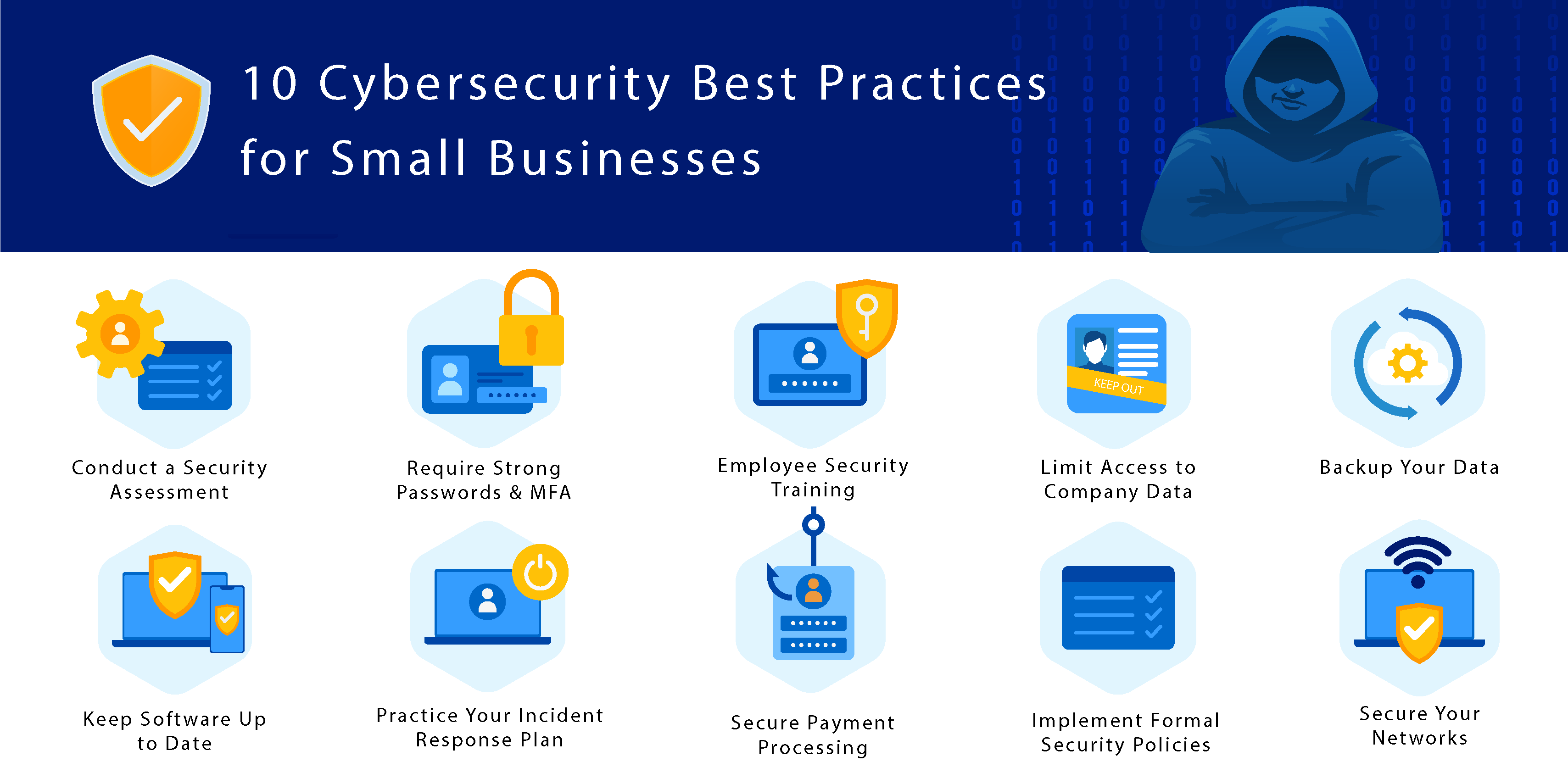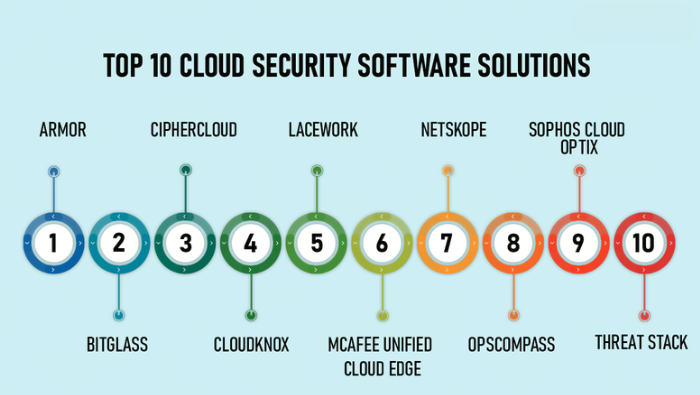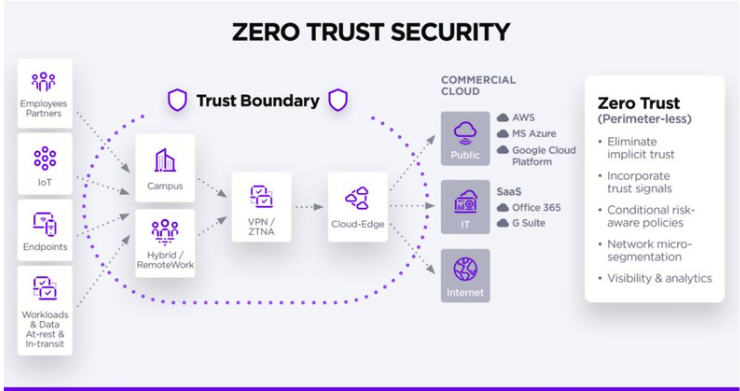
As organizations shift to cloud solutions, navigating compliance with web security regulations in the USA becomes crucial by 2025. Businesses must understand evolving data protection laws, including GDPR and CCPA, while implementing robust cybersecurity measures. Staying informed about these regulations ensures companies can maintain customer trust and avoid hefty penalties, fostering a secure digital environment for all stakeholders.
As organizations increasingly migrate to cloud-based solutions, the importance of **cloud web security regulations** has never been more critical. By 2025, the regulatory landscape in the USA is expected to evolve significantly, requiring businesses to adapt quickly to maintain compliance and protect sensitive data. The rise of **cybersecurity threats**, combined with growing consumer awareness, has prompted regulators to take action, leading to a complex web of rules that organizations must navigate.
Currently, several key regulations govern **cloud web security** in the USA. The most notable include the **Health Insurance Portability and Accountability Act (HIPAA)** for healthcare organizations, the **Gramm-Leach-Bliley Act (GLBA)** for financial institutions, and the **Federal Information Security Management Act (FISMA)** for federal agencies. Each of these regulations sets specific requirements for the protection of sensitive data, including encryption, access controls, and incident response plans.
In addition to these federal regulations, many states have enacted their own laws that impact cloud security. For example, the **California Consumer Privacy Act (CCPA)** has set a precedent for consumer data privacy and security, with other states likely to follow suit. By 2025, businesses will need to be aware of both federal and state regulations to ensure comprehensive compliance.
As we look toward 2025, several trends are shaping the future of **cloud web security compliance**. First, there is a growing emphasis on **data sovereignty**, which refers to the idea that data should be stored and processed within the borders of the country in which it originates. This trend is driven by increasing concerns about government surveillance and foreign access to sensitive data.
Another emerging trend is the rise of **compliance automation**. Organizations are increasingly adopting tools and technologies that automate compliance tasks, such as tracking regulatory changes, monitoring data access, and generating compliance reports. This automation not only improves efficiency but also reduces the risk of human error, making it easier for businesses to stay compliant.
Several anticipated regulations are expected to have a significant impact on cloud web security by 2025. One of the most talked-about developments is the potential for a comprehensive federal privacy law. Currently, the USA lacks a unified data privacy framework, which can create confusion for businesses operating in multiple states. A federal law could streamline compliance efforts and establish baseline standards for data protection.
In addition, the **National Institute of Standards and Technology (NIST)** is expected to release updated guidelines for cloud security, which will influence how organizations design and implement their security measures. These guidelines will likely focus on risk management, incident response, and continuous monitoring, making them essential for businesses to follow.
To successfully navigate the evolving landscape of **cloud web security regulations**, organizations should take the following steps:
As the regulatory environment continues to change, organizations must adopt a proactive approach to **cloud web security compliance**. This involves not only staying informed about existing regulations but also anticipating future changes and preparing accordingly. Companies that invest in robust security measures and compliance practices will not only protect sensitive data but also enhance their reputation and build trust with customers.
By 2025, navigating **cloud web security regulations** in the USA will require diligence, adaptability, and a commitment to staying informed. As organizations prepare for the future, embracing compliance as a core component of their overall security strategy will be essential. By taking proactive steps now, businesses can position themselves for success in an increasingly regulated landscape, ensuring they remain compliant and secure in the years to come.

Navigating Privacy Regulations: Online Advertising Challenges in the USA

Top Cloud Web Security Solutions in 2025: Protect Your Business in the Cloud

The Future of Cloud Web Security in the USA: Trends to Watch in 2025

How AI is Shaping Cloud Web Security Strategies in the USA for 2025

Cloud Web Security Best Practices for Small Businesses in the USA: 2025 Edition

Top Cloud Web Security Solutions for Businesses in 2025: A Comprehensive Guide

The Role of Zero Trust Architecture in Cloud Web Security: Insights for 2025

The Impact of Remote Work on Cloud Web Security: 2025 Trends and Solutions